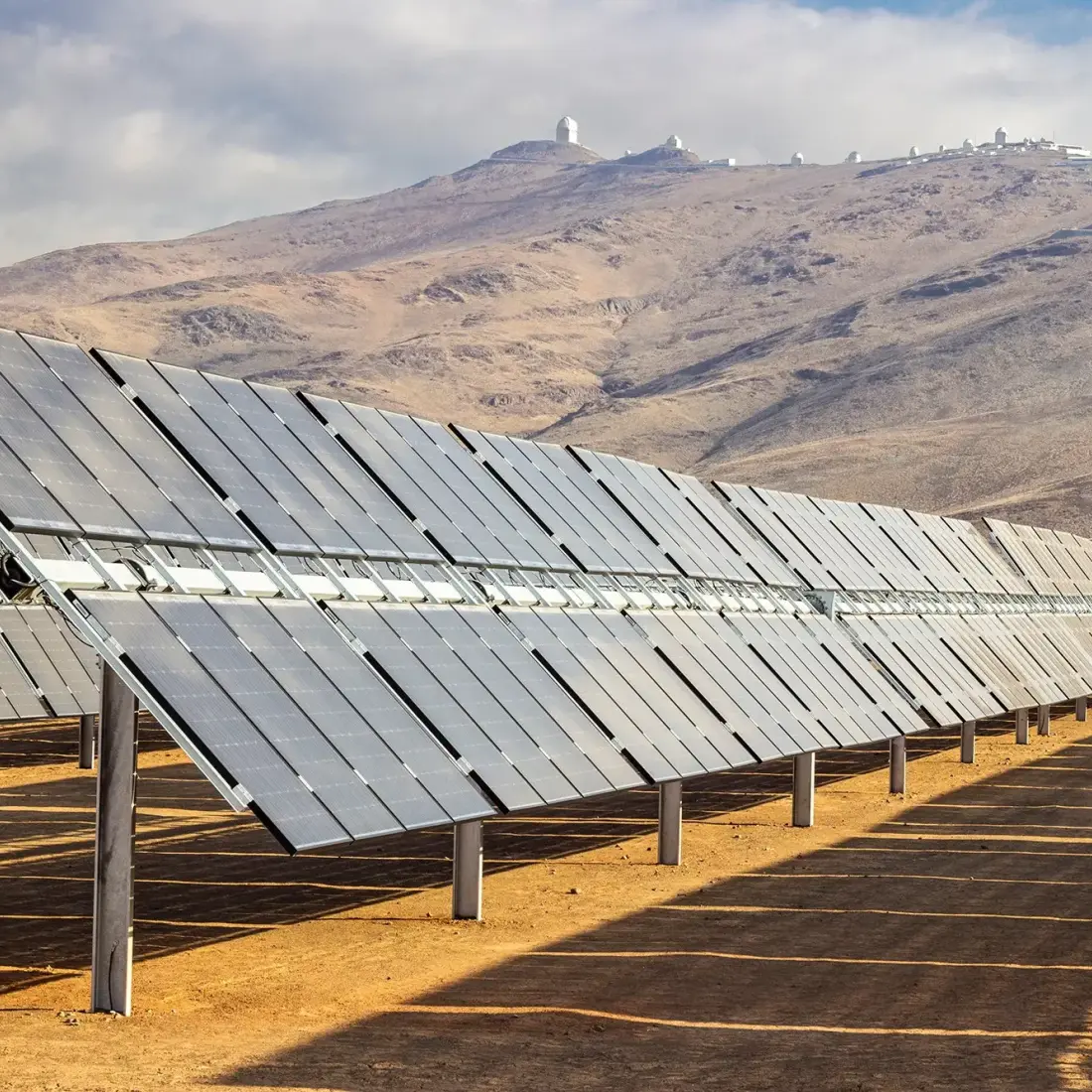How can automation help the environment?


Although once thought of as a futuristic impossibility, automation has become the norm for businesses everywhere. Studies show that more than 30% of enterprises use automation in five or more departments, and this amount is expected to increase year over year. One survey revealed that 80% of companies will adopt intelligent automation — automation powered by artificial intelligence — into their operations by 2025.
While it's widely acknowledged that automation can increase efficiency and cut costs, another noteworthy yet less obvious advantage is its potential to help implement more sustainable business practices. While it's true that automation can help businesses optimize their operations, exploring how it can contribute to a more environmentally friendly approach is essential.
How can your business use automation to become more sustainable?
There are plenty of examples showing the potential for technology to help combat climate change, from carbon capture and storage solutions to innovative ocean fertilization. Apart from these specific solutions, however, there is another way to help the environment by simply using less energy and therefore requiring fewer resources from the planet.
This is where automation — using technology to perform tasks with less human involvement — comes in. Automation can be used in many industries and processes, making operations generally more efficient and ultimately reducing environmental impact.
The following are just a few ways that automation can help businesses become more sustainable and contribute to a better environment:
Prevent energy waste
A variety of automation technologies are focused specifically on energy management, whether by identifying areas to save energy or by optimizing systems for efficiency. One example is smart thermostats, which automatically adjust a building’s heating and cooling based on factors such as occupancy, weather patterns and energy demand. Similarly, automated lighting systems can adjust based on natural light availability and occupancy, resulting in further reduction of unnecessary energy use.
A different type of example is found in solar panel construction. Solar power is already a crucial technology for reducing environmental impact, but solar panels cannot operate at top efficiency unless they are directly facing the sun. This is where automation can help, with solar tracking equipment that automatically turns the panels to follow the sun throughout the day.
Automation is also used in solar plant design software to accurately calculate the optimal layout and angles for solar panels to operate at their utmost efficiency.

Track your progress toward your ESG goals
Setting realistic goals and measuring progress must be at the forefront of environmental, social, and governance (ESG) initiatives related to sustainability. These are key areas where automation can lend a hand by collecting real-time data and using advanced analytics to identify and reduce energy-intensive tasks.
As for examples of measuring sustainability, there are quite a few metrics:
- Energy consumption: Automation in energy management systems can continuously monitor and control energy use in real-time, identifying patterns of high usage and automatically adjusting systems to reduce consumption.
- Water usage: Companies can calculate water usage by measuring water consumption per unit of production, tracking use at different stages, and improving efficiency through methods like water recycling. Automated water management systems can detect leaks, control flow, and optimize usage throughout a facility.
- Carbon footprint: Calculating carbon dioxide output is an important step in determining a company’s carbon footprint, or the total amount of greenhouse gasses that an entity is responsible for emitting into the atmosphere. An automated system can accurately measure emissions and find opportunities to improve the efficiency of machinery, thereby reducing a company’s carbon footprint over time.
Various forms of automation can help organizations obtain valuable insights and make informed decisions to drive their sustainability efforts.
Optimize your shipping and transportation routes
Transportation is a significant environmental factor that many businesses can't avoid. However, technology solutions like fleet management software can automatically optimize routes for minimal mileage and downtime. This results in lower fuel consumption, reduced emissions, and cost savings.
A capable fleet management software can even optimize routes in real time, responding to live traffic flows and using predictive analytics to plan routes and redirect drivers accordingly. This leads to more on-time deliveries and less wasted fuel.
Go paperless with ease
It's no secret that many companies are going paperless by converting physical documents into digital formats through automated document conversion. Typically this involves scanning paper documents and using software that can recognize and digitize text through Optical Character Recognition. This helps reduce paper waste, printing and shipping needs, emissions and operational costs.
With automation technology, you can also convert different document types, like financial reports and tax documents, into searchable and shareable digital formats. This transition saves time and resources and enhances information accessibility.
Streamline your manufacturing methods
When it comes to environmental sustainability, automation in manufacturing has an influential role to play. Technology like sensors and smart control systems can make manufacturing methods more efficient and therefore less impactful on the environment. Continuous, automated monitoring leads to better identification of areas where energy or resources are wasted.
For instance, smart manufacturing systems use real-time data to optimize production schedules, minimize downtime, and reduce waste. With the help of predictive maintenance tools, potential equipment issues can be identified, preventing energy-intensive breakdowns and conserving valuable resources.
Manage your waste more responsibly
Innovative smart waste management technologies are becoming crucial in the face of escalating global waste. Automated waste sorting systems can use AI-powered computer vision and robotic machinery to boost recycling rates and reduce landfill waste.
For example, smart waste bins use robotic sorting, waste compression and bin capacity monitoring for automated waste management. Not only do these bins accurately identify and sort recyclables, some can even process e-waste and return cash in exchange for electronics disposal. These contribute to a cleaner environment and create potential revenue streams from waste transformation.
Overall, it’s important to recognize that while industry needs vary from company to company, automation technology holds immense potential to benefit both large multinational corporations and small businesses alike.